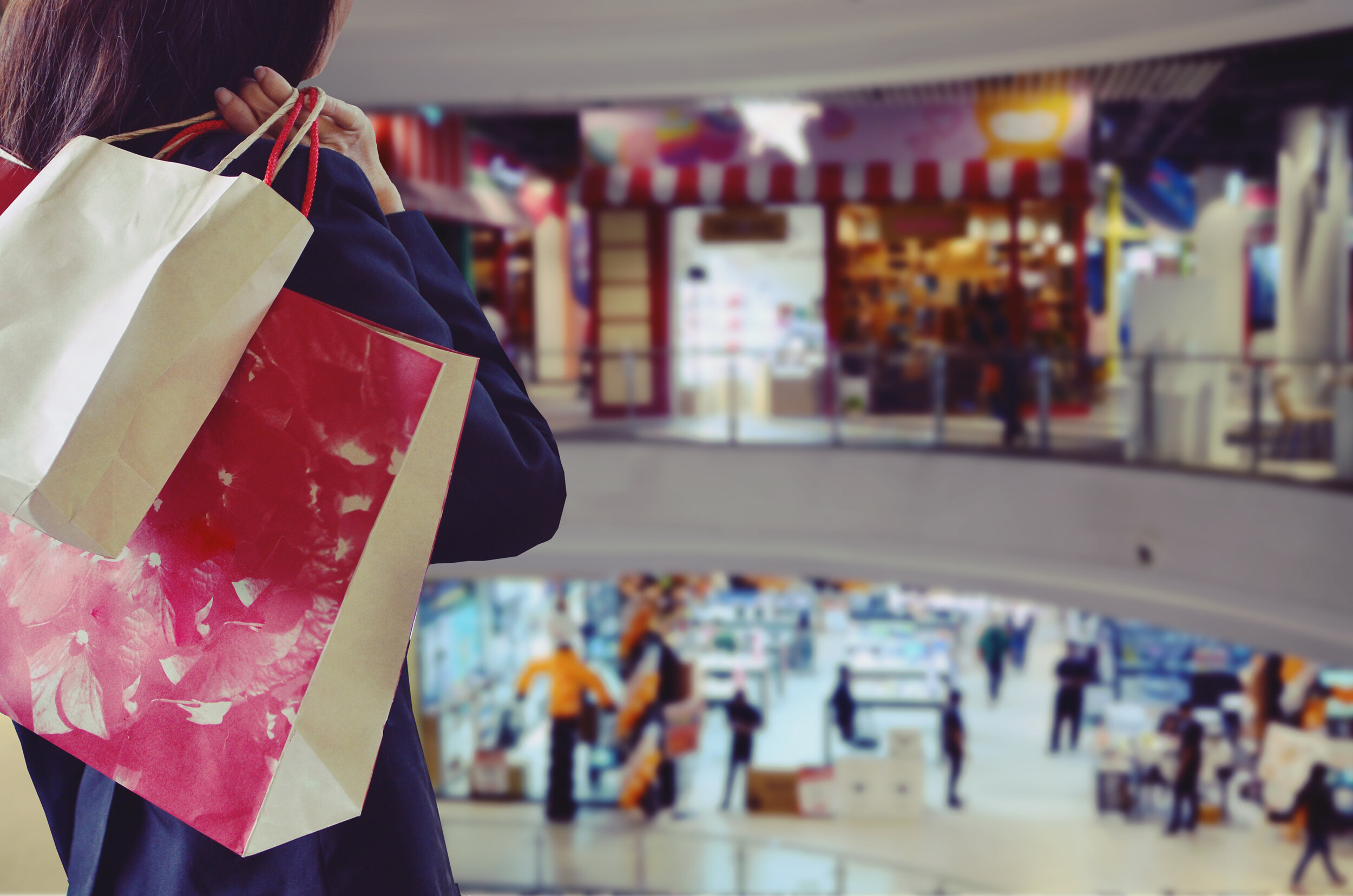The state of the UK physical retail space - part 2: Be a sponge
The second instalment of a 4-part commentary on the current plight of physical retail spaces in the UK by CAKE Strategy Director, Alex Venner.
The best at what they do have an appetite for learning and self-improvement – even when they are at the top of their game. Success doesn’t come by accident - it usually stems from a try and try again approach, but with a large portion of a willingness to learn from peers and competitors. Everything evolves over time, and hopefully improves. The first wheel was an incredibly innovative idea that changed the world, but the wheels we have now I would suggest are better. The first combustion engine, the first computer, the first telephone…wouldn’t cut the mustard today, but without them we wouldn’t be where we are today. The critical thing to remember is that the starting point for improvement is the best in class at the time.
So getting back on topic – what can retail spaces do to get reinvigorated and stay relevant to the modern shopper? Well – do some learning and pay attention to the detail. Oh, and have a simple vision of what needs to be achieved. As mentioned in part 1, physical retail spaces are still relevant, and still wanted by today’s shopper – but they need to try harder to deliver for the shopper. They need to evolve. Why are the retail success stories successful? What sets them apart from the rest of the crowd? How can these be used as starting points to make shopping better?
At this point it is best to differentiate between consumer needs and wants. To keep things simple – needs = ‘essential’ retail, wants = ‘inessential’ retail. Typically needs stay pretty constant, but wants change frequently, and can change rapidly. Weather, fads, consumer conscience, economics – even a pandemic – influence consumer wants, and it’s this ever evolving scenario that keeps retail so fascinating, and prompts the evolution of retail spaces.
So focusing on the ‘wants’ – who is worth learning from? Amazon, BooHoo, ASOS, JD Sports, B&Q, THG, John Lewis. There are a few common traits among this list (not least the transactional website – but more on this later) but arguably the most significant is that they all have a very clear identity and vision. They know their market, they have a targeted offer and they deliver. Take BooHoo – founded just 15 years ago primarily because ASOS had no competition in the fast fashion on-line space. Driven by the belief that the market was big enough for two, and that they could do it better, BooHoo are now in a position to buy the Debenhams brand (to add to Oasis, Karen Millen, Coast & Warehouse) with cash. If a fast fashion business wants to compete – BooHoo are the benchmark, and ASOS are proof that there is room in the market.
Ok – there is a flaw in the argument when considering physical retail spaces. BooHoo and ASOS are the mirror image of Primark – they have no interest in bricks and mortar, just focus on them for keeping things simple: precise proposition of great choice, great prices, great quality and excellent service. More relevant to the store scenario is B&Q, or rather Kingfisher Group. In order to stay at the head of the UK DIY market they are actively evolving their offer to reach beyond the traditional middle aged DIY enthusiast and they are using their stores as the focal point. Introducing click and collect into their 300 strong store portfolio literally overnight during lockdown 1 opened up their brand to thousands of new customers who found themselves stumbling in to home improvement. Rather than seeing that as a flash in the pan, they have since started introducing design studios to offer expert face to face advice, they have instigated the formation of The Rainforest Alliance, supported The Retail Trust, partnered with the homeless charity Shelter, opened ‘express’ stores in ASDA supermarkets as collection points and they have a ‘Powered by Kingfisher’ data-centric strategy. Their approach ticks a lot of boxes from sustainability, social conscience to modernising and evolution. But at the heart of it all is the belief that the physical store provides the basis for all of this. Is any of this approach new? Design studios are very IKEA, click and collect was mastered by John Lewis, small format stores are key to the grocery sector, and marketing strategists have been shouting about the value of data in retail for ever – but collectively, and in challenging trading conditions, B&Q are getting it all done, and seeing the results of having developed the brand as well as the physical spaces.
There are some other shining examples out there of great retail, and great retail strategy. THG bring their on-line brands to life with physical destinations where their customers can experience and engage. This is a winning formula that can be emulated on the high street or in shopping centres. Westfield London is on the verge of launching ‘Situ Live’ – where partner brands physically interact with customers in bespoke space. Yes – sales may well end up going through on-line, but the trigger is designed to be human interaction which can’t be replicated elsewhere. And crucially, the concept brings something different, something intriguing, something that might just get the shopper off their couch and into the world. When they’re allowed to. Obviously.
Check back next week for part 3.
If you would like to have a chat with CAKE about competitor analysis, or innovative footfall driving retail strategy, then please get in touch.
Alex Venner, Strategic Marketing Director at CAKE, has over 20 years’ experience creating and leading strategies for some of Europe’s leading retail property owners and managers. alex@wearecake.agency


